Are you looking for a full-body workout that challenges both your strength and cardio endurance? Look no further than the mountain climber exercise. This dynamic movement is a great addition to any fitness routine, offering a range of benefits from toning your abs to improving your balance and coordination. At Boardgains, we love incorporating this fun and challenging exercise into our fitness board game. In this article, we will discuss the benefits of mountain climbers, the correct form for doing this exercise, common mistakes to avoid, and the best tips for maximizing results.
The Benefits of Mountain Climber Exercise
Full-body Workout
Mountain climbers are a full-body exercise that engages your upper body, lower body, and core simultaneously. They work your chest, shoulders, triceps, back, glutes, quads, and hamstrings, providing a comprehensive workout that targets multiple muscle groups.
Cardiovascular Health
Mountain climbers are an excellent cardiovascular exercise, as they elevate your heart rate and increase blood flow. This helps improve your heart health and reduce your risk of cardiovascular diseases.
Core Strengthening
The mountain climber exercise targets your core muscles, including your abdominals, obliques, and lower back. As you maintain a plank position throughout the movement, you're constantly engaging and stabilizing your core.
Flexibility and Balance
Mountain climbers also help improve your flexibility and balance. The exercise requires you to move your legs forward and backward in a controlled manner, which stretches your hip flexors and improves your range of motion. Additionally, maintaining a steady plank position helps improve your balance and stability.
Fat Burning and Calorie Expenditure
Due to their intensity and full-body engagement, mountain climbers are an effective fat-burning exercise. They help increase your metabolism and burn calories, making them an excellent addition to any weight loss or fat loss program.
How to Perform the Mountain Climber Exercise
Getting Started
- Begin in a high plank position, with your hands shoulder-width apart and your wrists directly below your shoulders.
- Engage your core, keep your back straight, and look slightly ahead of you.
- Ensure your feet are hip-width apart.
Proper Form
- Bring one knee towards your chest, keeping your foot off the ground.
- As you extend the bent leg back to the starting position, simultaneously bring the other knee towards your chest.
- Continue alternating legs , maintaining a steady rhythm and keeping your core engaged throughout the movement. The movement should resemble running in place while in the plank position.
Common Mistakes
- Arching or sagging the lower back: Keep your core engaged and maintain a straight back to avoid straining your lower back.
- Bouncing the hips: Aim to keep your hips as steady as possible by engaging your core and glutes.
- Moving too fast: Focus on proper form and technique rather than speed. Speed will naturally increase as you become more proficient.
Mountain Climber Variations
Cross-body Mountain Climbers
Instead of bringing your knee straight toward your chest, bring it towards the opposite elbow, engaging your obliques and increasing the core challenge.
Spiderman Mountain Climbers
As you bring your knee forward, bend it out to the side and aim for your elbow on the same side, targeting your obliques even more.
Sliding Mountain Climbers
Use sliders or a towel on a smooth surface to increase the intensity and challenge your stability. Place your feet on the sliders or towel and perform the mountain climber movement, sliding your feet back and forth.
Slow and Controlled Mountain Climbers
Perform the exercise at a slower pace, focusing on controlled movement and engaging your core throughout the entire range of motion.
Incorporating Mountain Climbers into Your Workout Routine
Mountain climbers can be easily integrated into various workout routines. They can be used as a warm-up, a cardio interval during circuit training, or as a standalone exercise to target your core and lower body. Try incorporating mountain climbers into your workouts 2-3 times a week to experience their full benefits.
Conclusion
The mountain climber exercise is a versatile, full-body workout that offers numerous benefits, including improved cardiovascular health, core strength, flexibility, and fat burning. By focusing on proper form and technique, experimenting with variations, and incorporating this exercise into your fitness routine, you'll be well on your way to mastering the mountain climber and enhancing your overall fitness.
Frequently Asked Questions
- How often should I do mountain climber exercises?
Aim to include mountain climbers in your workout routine 2-3 times a week for optimal results.
- Are mountain climbers suitable for beginners?
Yes, mountain climbers are suitable for all fitness levels. Beginners can start with a slower pace and gradually increase speed and intensity as they become more comfortable.
- Can I do mountain climbers if I have lower back pain?
Consult with a healthcare professional or a fitness expert before attempting mountain climbers if you have lower back pain, as improper form can exacerbate the issue.
- What other exercises can I combine with mountain climbers for a full-body workout?
Consider combining mountain climbers with exercises like push-ups, squats, lunges, and burpees for a well-rounded, full-body workout.
- How long should I perform mountain climbers for?
Start with 30-second intervals and gradually increase the duration as your fitness level improves. You can also incorporate mountain climbers into a circuit or interval training workout.

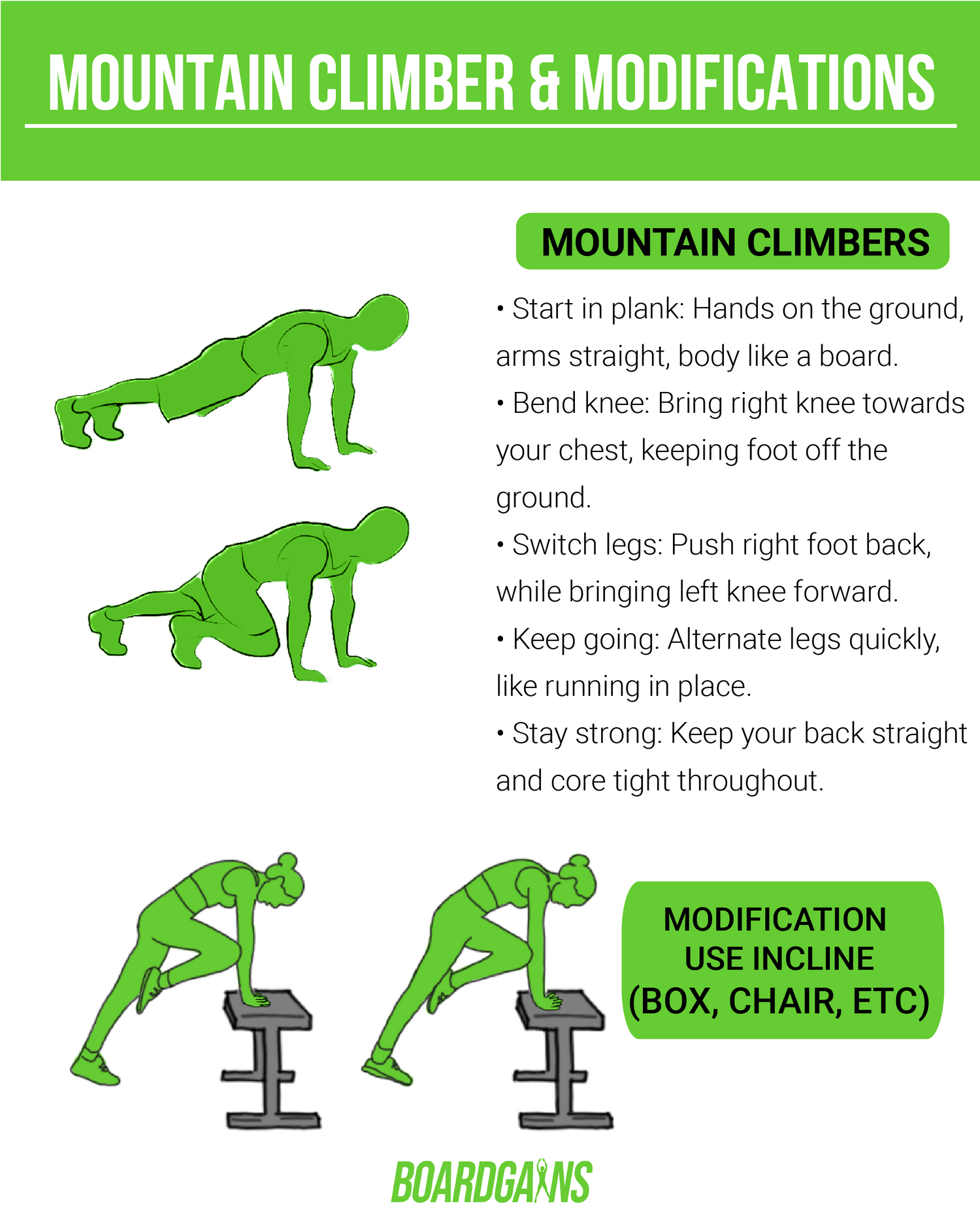
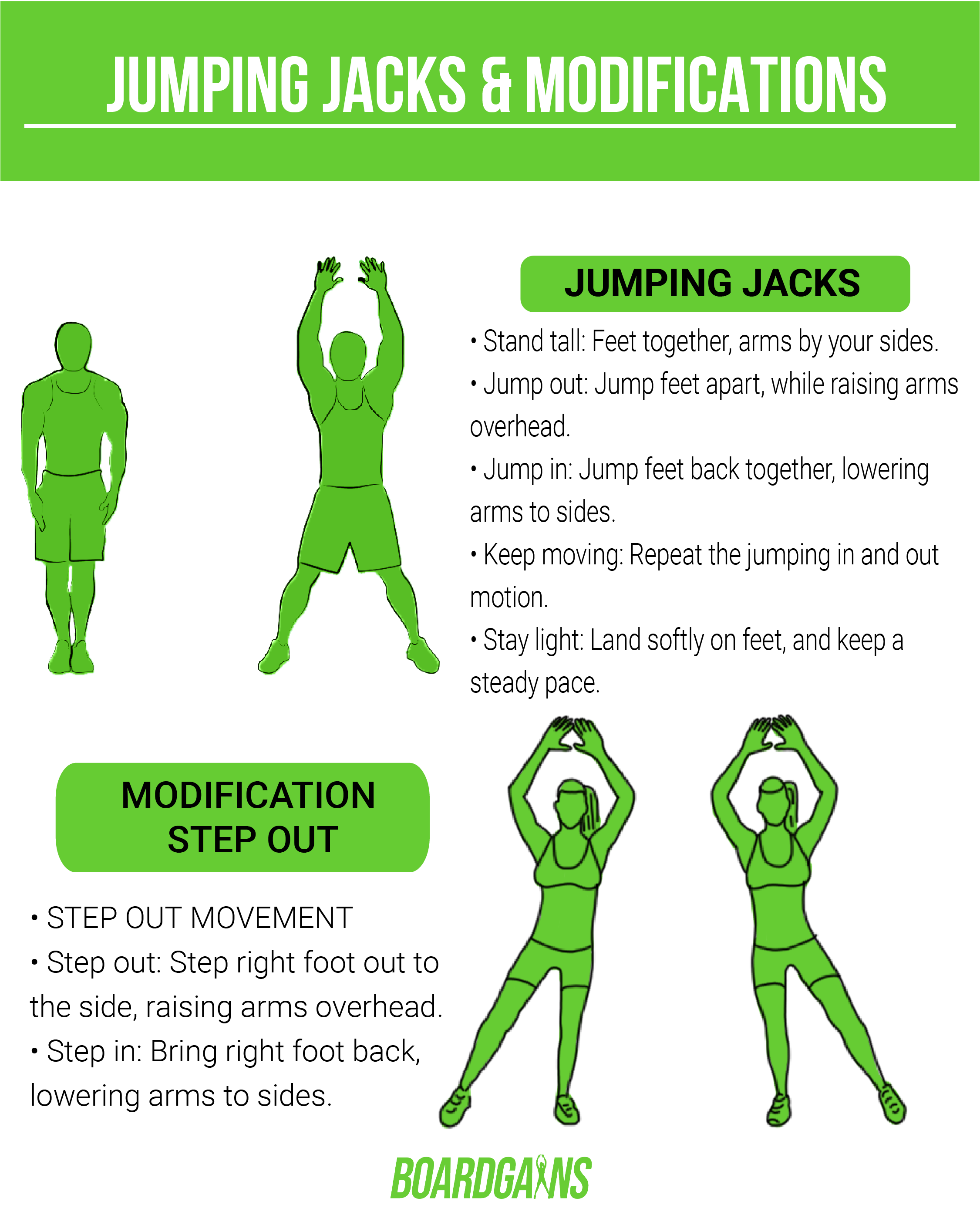
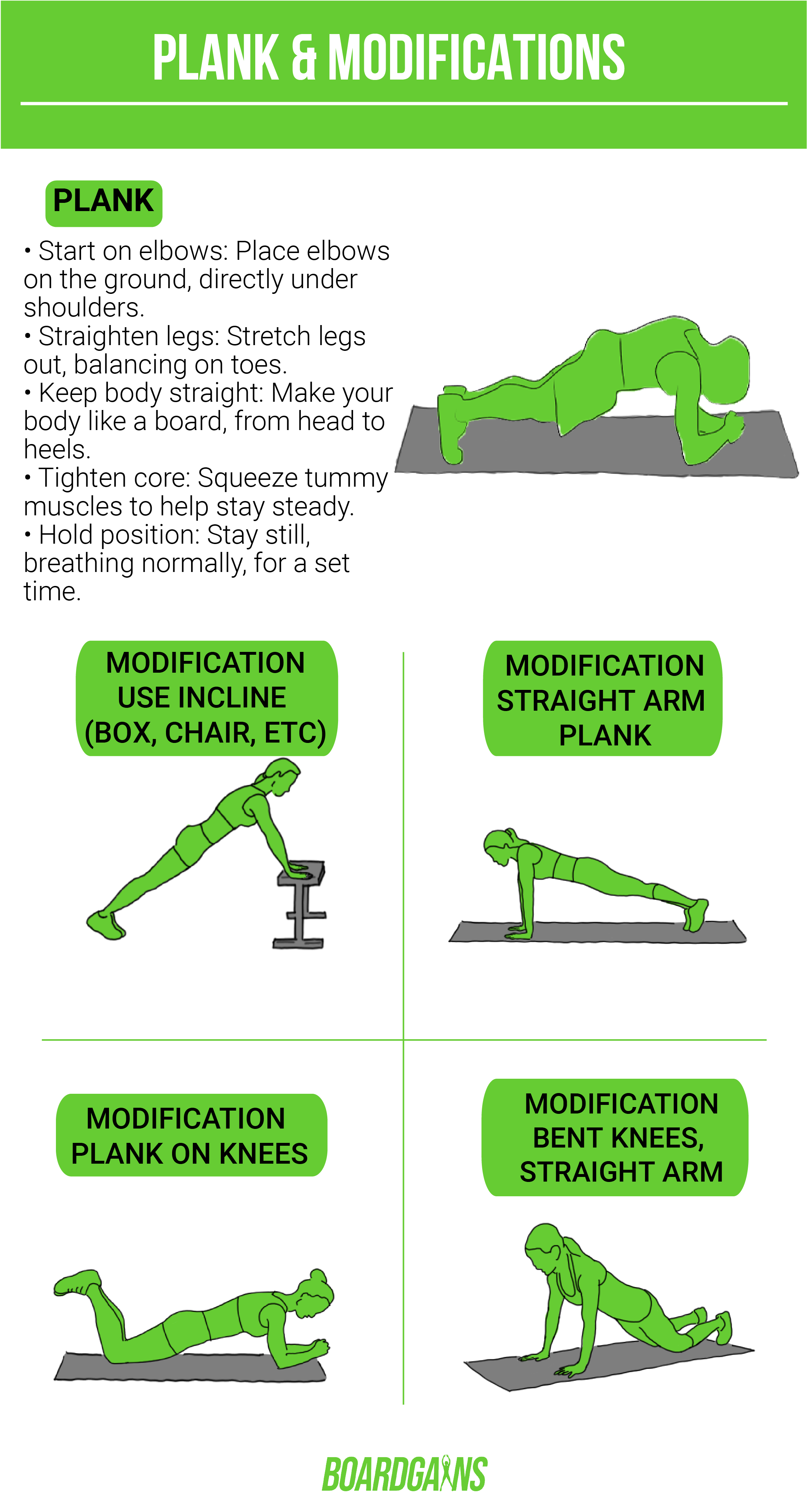
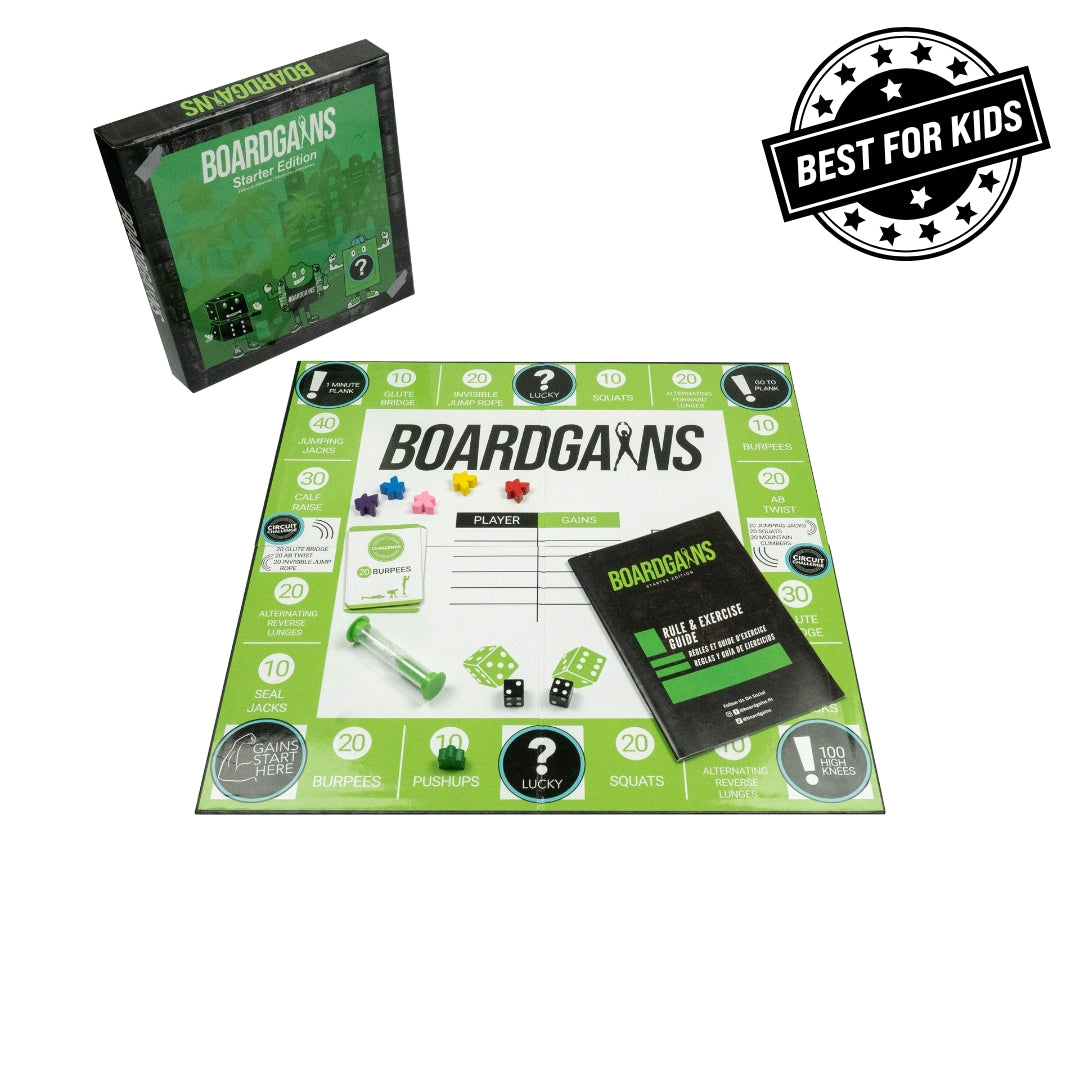
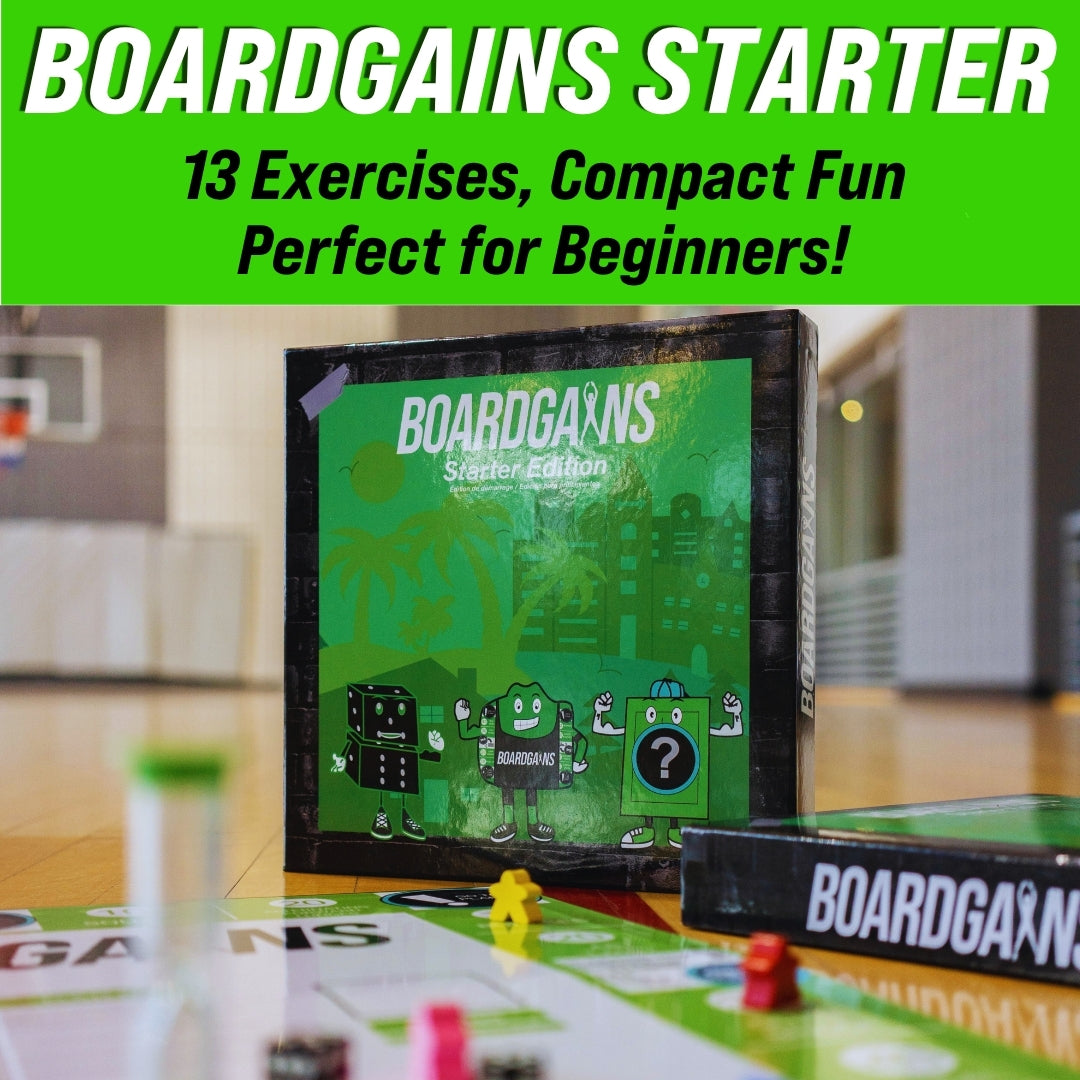




Leave a comment
This site is protected by hCaptcha and the hCaptcha Privacy Policy and Terms of Service apply.